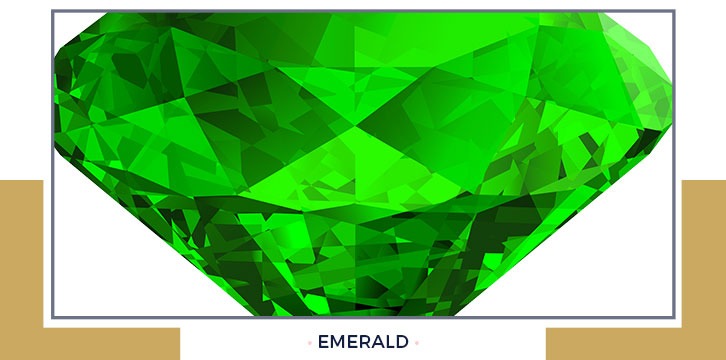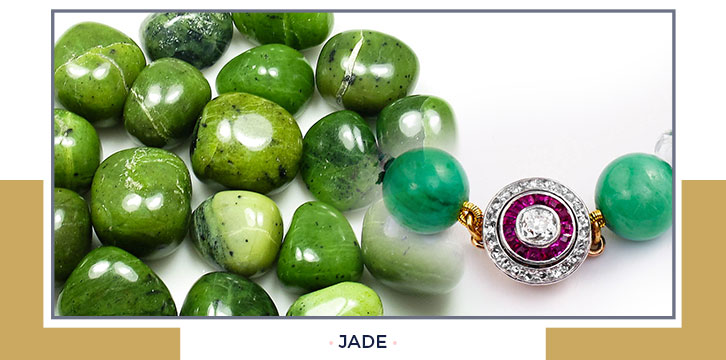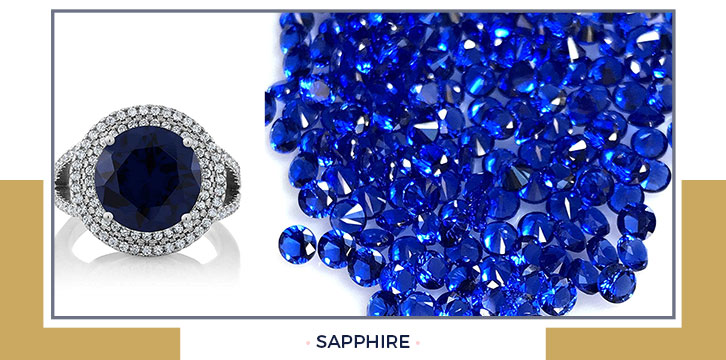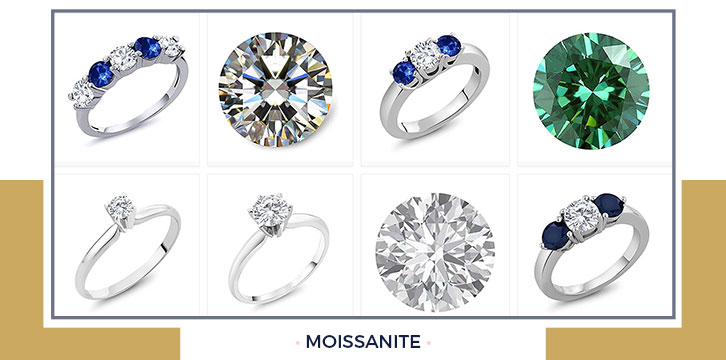Use this reference library to find facts and advice that will help you make the best purchase when you shop for gemstones. Gemstone details are a must-know if you love ruby, turquoise, sapphire, opal, amethyst and all of the other colorful gemstones used in jewelry.
Jewelry comes in different style, shapes, sizes, and color. It is a mixture of metals and different precious gems and stones. There are many designs available in different jewelry shops that you can choose from. Although sometimes, there are specific design and style that you are looking for but unable to find them in your local stores. This problem can easily be solved by getting help from a gemstone jewelry store that will cater your specific needs. You may look for their collection of work and choose the one who makes jewelry that is similar to the style and design that you want.

Amber
Even experienced buyers have been duped into buying “amber” specimens that weren’t genuine amber. Use these tips to learn some amber basics before you go shopping.

Aquamarine (March Birthstone)
They might look completely different, but aquamarine is in the same family of minerals that emerald belongs to. The highest quality of aquamarine is very clear, with fewer inclusions than emerald, but aquamarine with somewhat less clarity can be just as beautiful.

Emerald (May Birthstone)
Prized since ancient times, a fine emerald can be more expensive than a high-quality diamond of the same carat weight. Take a look at some of the facts and folklore that surround this popular gemstone.

Garnet
Garnet is the January birthstone. You might think that all garnets are the deepest red, but there are other colors to consider, including gems that are a pretty shade of green.

Jade Variations
True jade can actually be one of two minerals, either jadeite or nephrite. Each one mineral is slightly different, they both occur a variety in colors and prices. Use these facts to sort out the differences and to help you avoid jade impostors.

Opal (October Birthstone)
Gemstone opal has fiery sparks that dance through it as the stone is moved. Use this reference to learn about the many variations of opal and find out how to detect simulated and composite stones which are sometimes used in opal jewelry.

Peridot (August Birthstone)
Peridot is a green gemstone that’s sometimes called the evening emerald. In fact, some historians think that many of the emeralds worn by Cleopatra were actually peridot. The birthstone for August, peridot is thought to bring its wearer success and good luck.

Ruby (July Birthstone)
If a member of the corundum family of gemstones is red, it’s a ruby. The traditional July birthstone, fine rubies can be more costly than diamonds. Use this reference to learn more about the qualities and characteristics you should be aware of before you buy a ruby.

Sapphire (September Birthstone)
Cornflower blue is the most popular color for sapphires, but this member of the corundum family of minerals exists in nearly every color you can imagine. Second, only in hardness to diamonds, sapphires are durable gemstones that have been popular since ancient times.

Turquoise (December Birthstone)
What’s your favorite turquoise–a clear, robin-egg blue version, deep green stones, or the turquoise called spider web, containing delicate markings of a matrix, the rock that turquoise forms in? Use this guide to find answers to your questions about turquoise.

Alexandrite
Alexandrite appears green in daylight and red in incandescent light. Discovered in Russia in the 1830s, Alexandrite was named in honor of Alexander II, because it mimics the Czarist imperial colors.

Topaz (November Birthstone)
Topaz is the traditional birthstone for November. We often think of a honey-colored stone when we think of topaz, but it occurs in many colors, including reds, blues, greens, and violets.

Moissanite
Moissanite is composed of silicon carbide, a hard substance rated 9.25 on the Mohs scale. Small samples have been discovered in meteorites, but the moissanite that’s sold for use in jewelry is lab-grown (and many gemologists say it isn’t quite the same as the natural gemstone). Use this link to learn about the history and characteristics of moissanite.


 The Surprising Benefits Of Crystal Earrings
The Surprising Benefits Of Crystal Earrings